As evidenced by the LA uprising, those protesting Trump’s draconian deportation policies may encounter the full range of modern police riot control weaponry. Police use these weapons indiscriminately, not just against so-called “violent” protesters, which is why information and responsible preparation is crucial for all of us.
But it’s important to remember that the police’s primary weapon isn’t batons or beanbag rounds. The number one weapon of the police is fear. All police riot control munitions are intended to sow panic. We can fight back by sharing information and encouraging each other to take risks together.
Batons
Description: Police batons are cylindrical clubs that cops use to threaten, intimidate, and cause targeted pain. Police are trained to target pressure points and nerve clusters, like the common peroneal nerve on the side of the thigh or the radial nerve on the forearm.
Self-defense: Stay out of melee range, either by backing up or causing the police to retreat. Barricades, shields, and umbrellas can block baton strikes or impede visibility. Helmets and sports armor can reduce the risk of serious injuries.
Bean bag rounds
Description: Bean bag rounds are fabric bags of lead shot or silica. Police shoot bean bags from shotguns to cause pain and create fear.
Self-defense: Sports body armor can reduce damage from bean bag rounds. Helmets are especially important, since bean bag rounds can cause fatal head injuries.
Flash bangs
Description: Flash bangs, or stun grenades, are explosive devices designed to incapacitate, disorient, and induce panic. They are rolled, thrown, or fired from grenade launchers.
Self-defense: Cover exposed skin and wear impact-resistant goggles to protect your eyes. Try to remain calm; unless the grenade also contains a chemical weapon like tear gas, you are not in danger after the initial disorienting blast.
LRAD
Description: Typically mounted on top of trucks or carried in the form of large speakers, long-range acoustic devices are “sound cannons” that emit tightly concentrated sound waves so that police can issue orders or cause auditory pain. LRADs cause headaches, ear pain, and nausea.
Self-defense: Do not back up to escape the noise. Instead, move laterally relative to the speaker to exit the sound cone: if the LRAD is in front of you, move to the left or right.
Pepper balls
Description: Pepper balls are paintballs fired from airguns that release pepper spray on impact. They can be fired directly against protesters or used to “saturate” an area.
Self-defense: Defending against pepper balls is similar to defense against pepper spray and bean bag rounds. Wear a respirator with impact-resistant eye wear.
Pepper spray
Description: Pepper spray can be sprayed from an aerosol can or launched in a grenade. It’s aerosolized capsaicin, the chemical that makes food spicy. Pepper spray causes pain and blindness due to the involuntary closure of the eyes.
Self-defense: A full- or half-face respirator can provide protection against pepper spray and tear gas. Remember: pepper spray causes pain that is intense but short-lived. Wear long-sleeved clothing and avoid contact lenses or fat-based creams or moisturizers. Wash pepper spray out of the eyes with LAW: a 1:1 mixture of liquid antacid (eg plain Maalox) and water. Discard or bag contaminated clothing.
Rubber bullets and sponge grenades
Description: Rubber bullets aren’t made of rubber. They’re metal bullets coated in rubber. Sponge grenades are foam-rubber tipped projectiles fired from grenade launchers. Impact from either can cause severe eye damage, contusions, organ damage, and bone fractures.
Self-defense: Wear ballistic-rated safety goggles to protect your eyes, a helmet, and a cup if you have external genitalia. Shields and body armor provide further protection.
Tear gas
Description: The most widely used tear gas in the United States is CS gas. Typically released from grenades, it causes intense irritation to eyes, lungs, and skin for up to 30 minutes.
Self-defense: You can throw tear gas grenades back with heat-resistant gloves or disperse the gas with leaf-blowers. To extinguish a tear gas grenade, submerge it in a wide-mouth water jug with 3 tablespoons of baking soda, dish soap, and/or vegetable oil for each liter of water.
Read more:
A Demonstrator’s Guide to Understanding Riot Munitions
FM 3-19.15 Civil Disturbance Operations





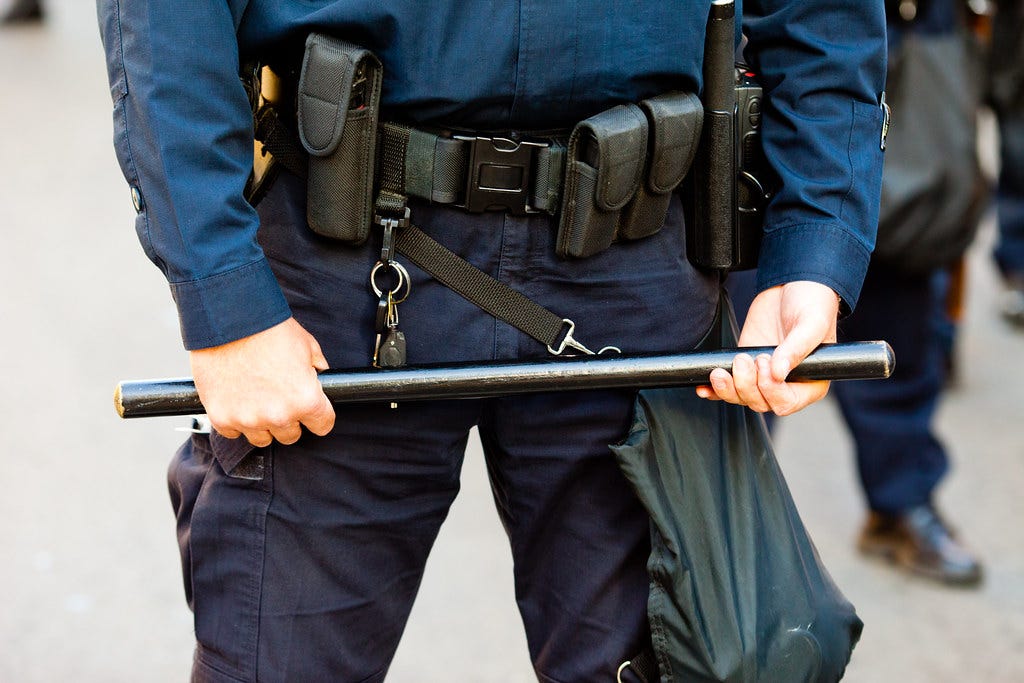


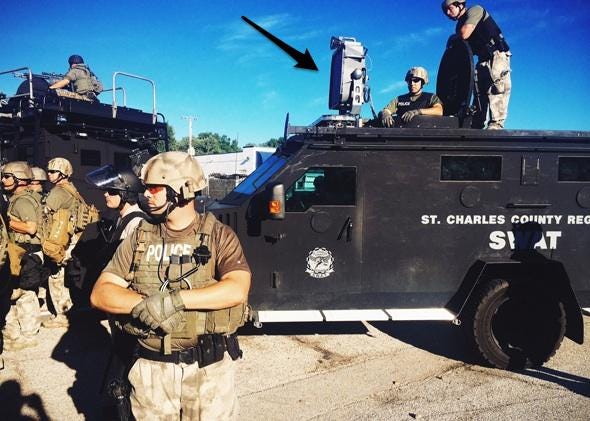
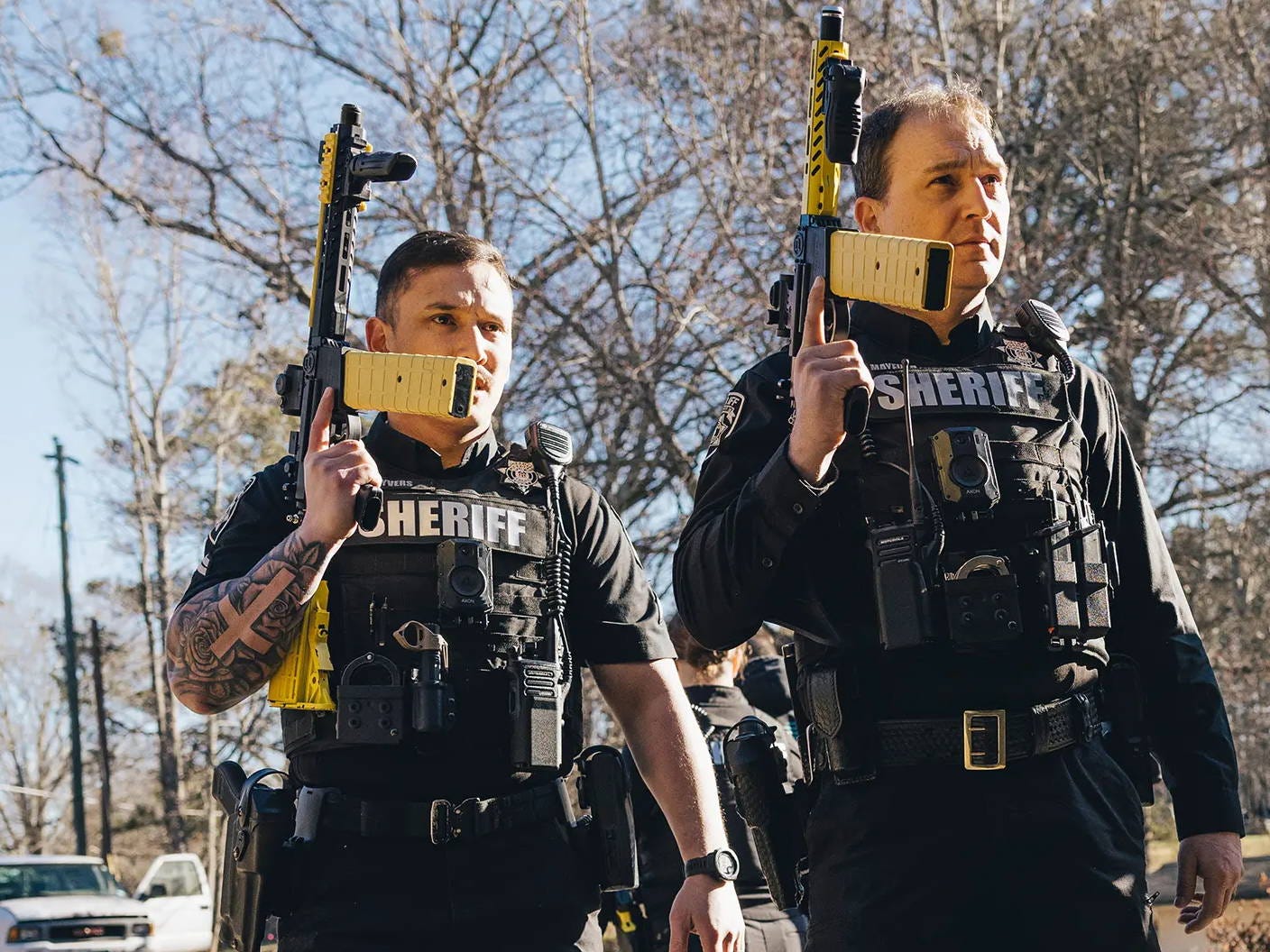
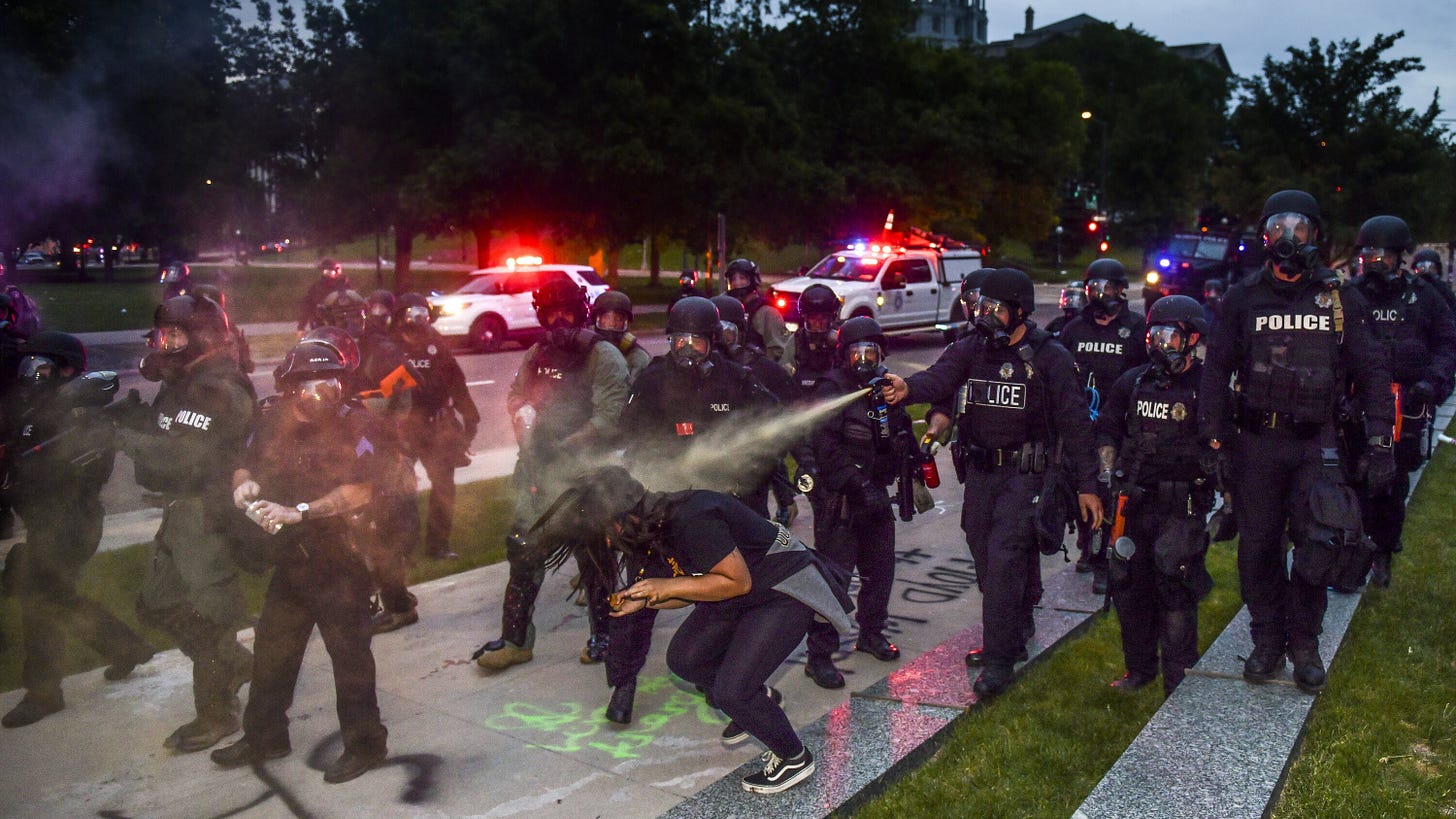
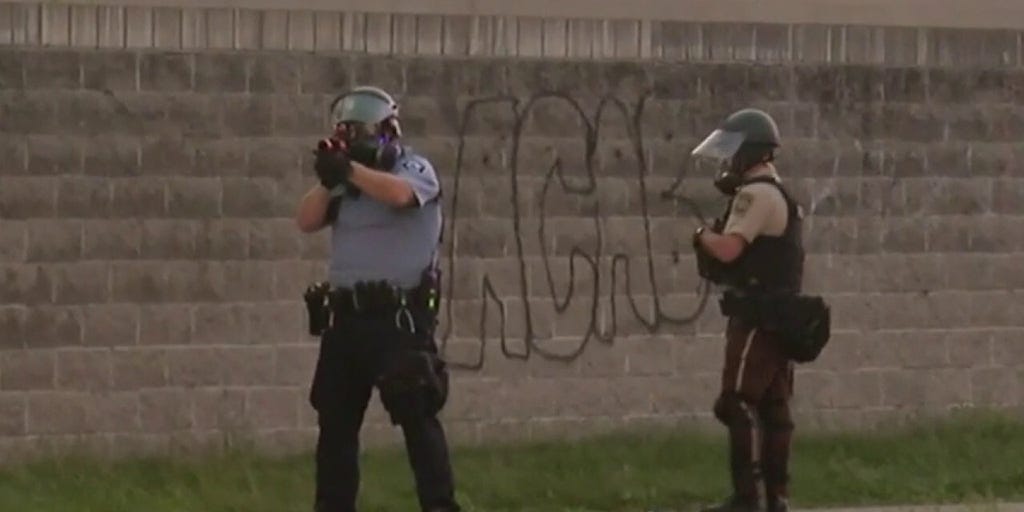

A super cheap DIY solution for pepper spray is chemistry goggles. Pop out the lens and you can easily spray paint em black for a bloc. The plastic lense can be tinted too with dye if you want. Saved my ass on j20. They didn’t catch me slipping in that kettle.
I could probably go on as some more things come to mind but if bringing a bag it’s best to have a quick release one like a messenger bag or something you can slip off easily. Pigs love grabbing people by backpacks.